
Packrafting: Paddling Remote Locations
12/13/2021 - by Luc Mehl
In this article, guest author and experienced backcountry paddler Luc Mehl offers insights into planning for remote whitewater adventures with a special emphasis on packrafting. Whether a hiker jumping into a packraft to get from Point A to Point B, or an experienced paddler wanting some backcountry tips, this article is excellent food for thought - and action.

Thirteen River Rookie Mistakes to Avoid
09/16/2021 - by Teresa Gryder
Safety Editors Note. Teresa Gryder is a former river guide and a whitewater paddler with decades of experience. For the past few years, she's been writing and creating safety-focused events for the Lower Columbia Canoe Club. Her work is so impressive that I invited her to share her ideas in a regular column for the American Whitewater Journal. Welcome, Teresa; AW readers, enjoy. You are in for a treat!
-Charlie Walbridge, AW Safety Editor
When you’re good at something you can look at a new participant and know if they have a clue—or not. When you ARE that new participant, especially in whitewater boating, you need all the help you can get. So to keep your rookie status out of the spotlight, here’s a list. Everybody makes these mistakes sometimes, but guard against them. Mistakes don’t make you a bad person. They just mean you should slow down and get more systematic about your approach.
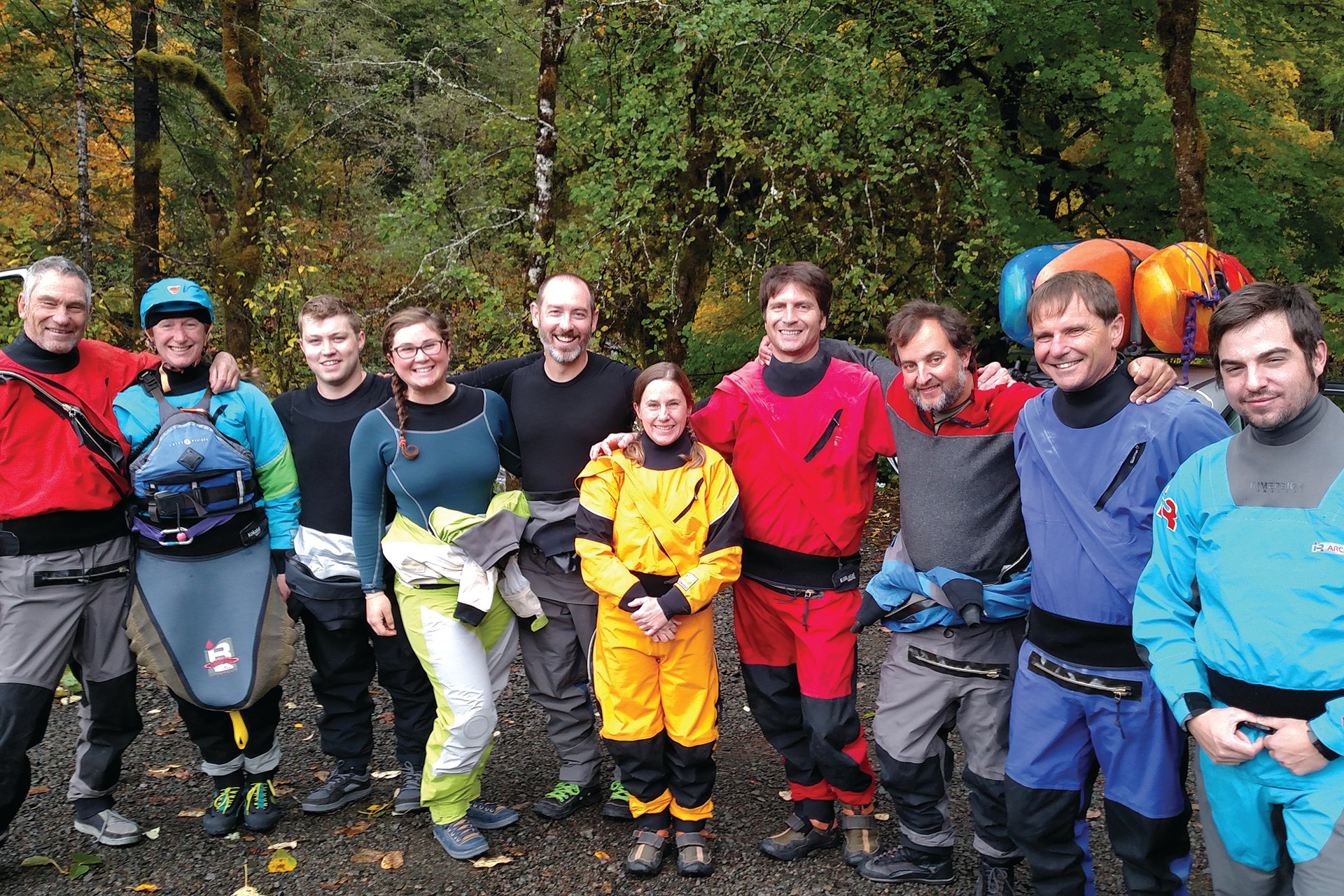
Safety Talk – The Human Factor
09/16/2021 - by Teresa Gryder
Safety Editors Note. Teresa Gryder is a former river guide and a whitewater paddler with decades of experience. For the past few years, she's been writing and creating safety-focused events for the Lower Columbia Canoe Club. Her work is so impressive that I invited her to share her ideas in a regular column for the American Whitewater Journal. Welcome, Teresa; AW readers, enjoy. You are in for a treat!
-Charlie Walbridge, AW Safety Editor
This column is about river safety. The topic that has captured my interest lately is how we make decisions. Humans are more intuitive and less rational than we like to admit. We make default “decisions” all the time without even knowing it.

SELF SUPPORT SAFTEY
08/26/2021 - by Teresa Gryder
For part one of this series I wrote about paddling, rolling and portaging a loaded self-support kayak. Part two covered the basic gear you might use and why. In this part (three) we will consider some of the variables that contribute to safety and survival during a multi-day trip in a wilderness river environment.
The unexpected, the unfortunate, the unimaginable—it happens. We all know it and yet our powers of denial are impressive. We tell each other to “be safe” when we know our world is not safe, and our hobbies aren’t either. When things go wrong we tell one another, “It will be all right,” when really, we have no idea.
In the context of wilderness paddling, it’s valuable to acknowledge that Mother Nature is dynamic and often more powerful than we can comprehend. For us to survive on wild rivers we must be realistic about our situation and resources, and make reasonable decisions. There are no guarantees, but by being conscious and conservative we can adjust the odds in our favor. One of the most important purposes of this article is to emphasize that the risk calculation for a multi-day wilderness trip is different than for a roadside day trip.
For the most part whitewater accidents happen because of familiar hazards and mistakes. Some common denominators are cold water, fast-rising water, inadequate clothing, failing to wear pfds, continuous whitewater, and strainers in the river. These challenges injure and kill whitewater paddlers every year. If you are considering self-support kayaking, I hope that you are well versed in how to minimize the known risks.
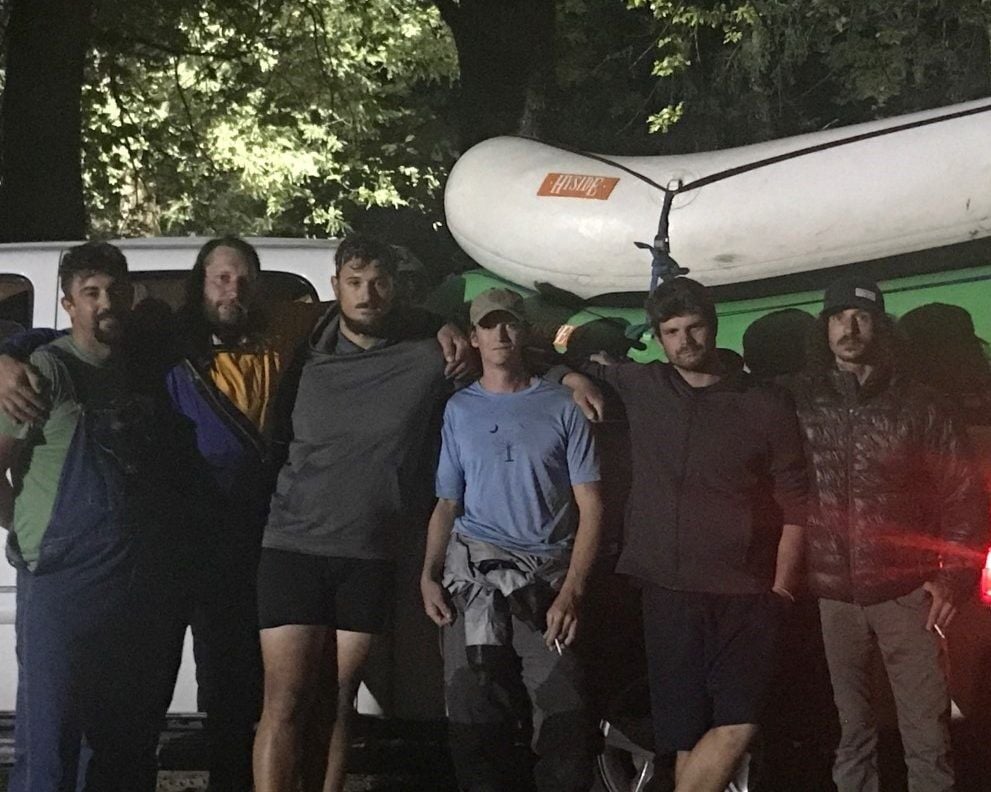
Midnight Miracle at Kanawha Falls
11/09/2020 - by Charlie Walbridge
A Tennessee kayaker was rescued after spending 8 hours trapped behind the veil of Kanawha Falls, a 15 foot drop located below the confluence of the New and Gauley Rivers in West Virginia. The victim was paddling alone; a fisherman spotted his loose kayak and notified authorities. Top expert kayakers from Fayetteville, WV teamed up with WV-DNR officers and first responders to locate and rescue the man. Read their remarkable first-person accounts in the American Whitewater Accident Database: https://www.americanwhitewater.org/content/Accident/detail/accidentid/112642
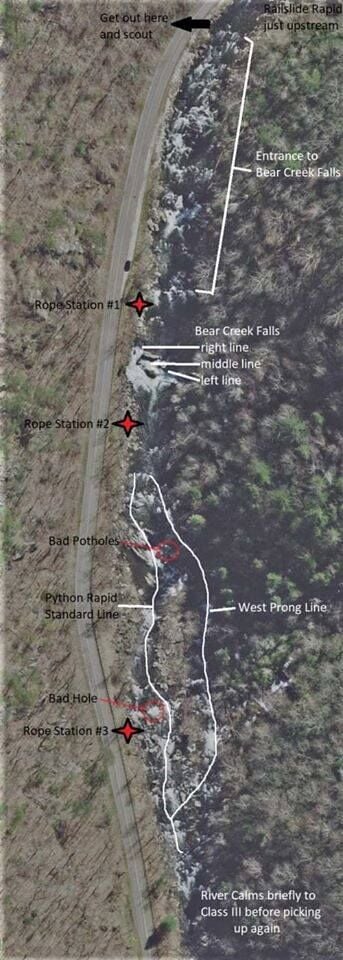
A Close Look at Cheoah River Fatalities
06/29/2020 - by Charlie Walbridge
The recent death of Chris Clark at Python Rapid on North Carolina's Cheoah River is the third at this site in the last six years. In each case, the person who died was an expert paddler and their paddling partners did not see exactly what happened. Let's take a close look at the Cheoah below Bear Creek Falls and develop strategies for future runs. The river here is very fast and continuous. After a fast lead-in (Chaos), the river drops over Bear Creek Falls, a 12' drop. Below, most of the flow pushes toward the river right channel (Python). Ferrying over to the easier river left channel (the West Prong) requires careful boat control. Python itself contains several nasty holes and sieves, with a bad hole blocked by a boulder at the bottom. There is a good route through it, but paddlers need to plan their route carefully. Scouting is a good idea for first timers, although catching eddies and getting out is not going to be easy. Groups need to stay together.. The rapid is tough enough that you can't watch your buddy all the time, but you can be ready to help if needed. Click through for links to the accident reports, photos, and comments from expert Cheoah River paddlers. (Photo above by Boyd Ruppelt)

Kayakers assist the WV-DNR on a Recovery
04/14/2020 - by Charlie Walbridge
On February 9th, 2020 kayaker Jamie Gray was killed on the Middle Fork of the Tygart river in West Virginia. The next day the state DNR closed the river while they searched a large undercut rock where she was last seen. When that effort was unsuccessful, DNR officer Chris Evans coordinated with local kayakers to do a thorough downstream search. They found her body on the Main Tygart a mile downstream, just above S-Turn Rapid. A full description of the search and the recovery can be found in the American Whitewater Accident Database: https://www.americanwhitewater.org/content/Accident/detail/accidentid/76310
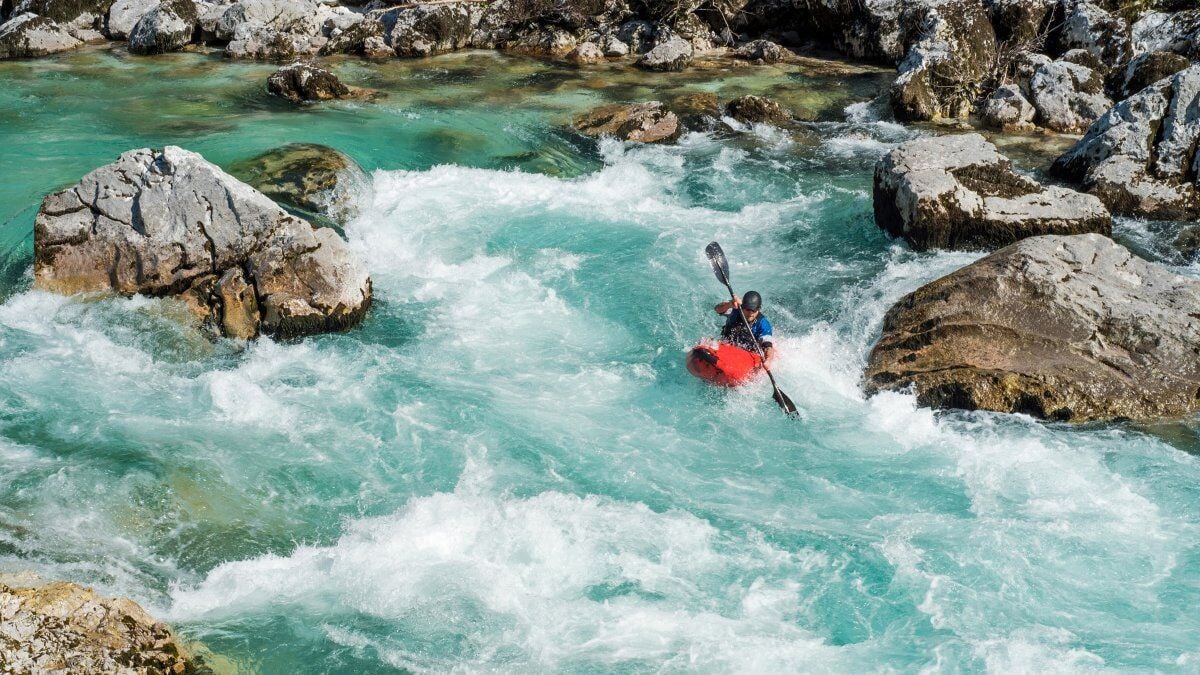
Good Article on Flush Drowning from Outside Magazine
04/14/2020 - by Charlie Walbridge
An interesting article in Outside Magazine, based on a research paper done with information stored in the American Whitewater Accident Database. Certainly cold water plays a big role in a flush drowning death, especially when the swimmer has inadequate thermal protection. In addition to cold water shock, a few drops of cold water down the throat can cause laringospasm, which narrows the trachea and can make breathing very difficult. But in my opinion, the relentless, fast moving character of Western rivers is the main reason that flush drownings are more common there. With the exception of the Cheoah and flood-stage runs, few Southeastern rivers can compare to an average Western Class IV. Here's the link: https://www.outsideonline.com/2411473/flush-drowning-whitewater-deaths-study?fbclid=IwAR2-blIEjgNu7tFBgXxT4ozlyfNw0Yc6yt41pao9daWRdmGvloxpqyb3ovQ

New Graphics Summarize 20 Years of Accident Data
01/01/2019 - by Charlie Walbridge
Charlie Duffy has created a series of graphs summarizing the contents of the Accident Database over the last 20 years. Along the way, he searched our files for any errors and duplicates and corrected them. Click through to scroll through these fascinating charts or to download them for your use.
American Whitewater Announces Safety Database Upgrade
04/01/2017 - by Charlie Walbridge
After over a year's work American Whitewater has released an upgraded version of their Whitewater Accident Database. It's the largest collection of its kind in the world, with over 1600 fatalities and close calls dating back to 1972. Each report has been checked for accuracy and AW Webmaster Ryan Groth greatly improved the search capacity. You can now locate accidents by a dozen different categories and characteristics. Here's how this project came about, how it evolved, why American Whitewater reports accidents and how you can help us keep this project going in the coming years.
Kayaker Pinned on White Salmon Strainer: April 12, 2015
04/21/2015 - by Charlie Walbridge
On April 12, 2015 a Canadian paddler visiting the US was killed on the Farmlands section of Washington's White Salmon River. Denis Brown, 63, flipped in "triple Drop" rapid, did not roll, and washed iunto a strainer on the river right bank. Mr. Brown came our of his kayak and pinned against the strainer, and his boat washed down and lodged against him. There is an excellent report of this and the vigorous rescue attempt available now in the AW Accident Database.
Kayaker Killed Running the Potomac's Great Falls: July 11, 2013
10/15/2013 - by Charlie Walbridge
Shannon Christy, a charismatic young paddler, was killed in Great Falls of the Potomac River on July 11th, 2013. After bailing out below Grace Under Pressure, one of the center chutes, she washed over the notorious "Middle Finger" drop into the Subway, a deadly sieve. There is a full write-up of this fatality in the AW Accident Database. The photo shows Steve Fisher and Jason Beakes during the difficult body recovery.
Analysis of a Vertical Pin Fatality
10/15/2013 - by Charlie Walbridge
On March 9, 2013 Dr. Jim McComb died after his kayak pinned vertically in a small ledge on Arizona's East Verde River. His friend Dr. Bill Langhoffer recently forwarded a detailed description of the pin along with several photos which may be useful to any paddler running difficult whitewater. Photo Caption: This view is from the top of the drop as we found the boat weeks later once the water had receded from 500 to 20 cfs, and had transformed from muddy to clear water. The piton rock can be seen (#2). This small rock at the base of the fall is what stopped his boat. The left slant in the rock at the base of the fall can be noticed (#4), with the boat still leaning in that direction. Once his boat sunk in the water it hit that slant and rotated the boat to the left.Jim was now pinned in the slot between the 2 rocks (Red/White and Black) on the river left (#5).The approximate water line at 500 cfs was drawn into the photo, water line.

AW Partners with Dam Safety Researcher
06/12/2013 - by Charlie Walbridge
American Whitewater's Accident Database contains more than 1000 fatal accidents and near misses reported over the last 35 years. We sometimes give qualified water safety researchers access to this material. Our latest research partner is Ed Kern, a Masters Degree candidate in civil engineering at Brigham Young University in Utah. Click through for more information and a link to his web site.
Detailed Report on 12/9/2012 Clear Creek Accident
04/16/2013 - by Charlie Walbridge
American Whitewater just received an report on the death of Selby Arno on California's Clear Creek last December. It is very complete and well written; you can read the entire report by clicking on the link below:
Outstanding Rescue on the Upper Nantahala: Sept 30, 2012
03/28/2013 - by Charlie Walbridge
A quick-thinking NOC bus driver saved a life during a scheduled September water release on North Carolina’s fast-moving Upper Nantahala River. A kayaker who pulled over above a downed tree didn’t realize that the current there was still powerful enough to cause trouble. Her boat was pushed into and under the log where both disappeared. Fortunately Rob Kelly, a whitewater guide, was driving shuttle bus and witnessed the entrapment. He pulled his bus over and started wading across the river. The rescue was caught by photographer Rick Thompson. To read Mr. Kelly's account, click the link below:
Little River Foot Entrapment: March 11, 2013
03/28/2013 - by Charlie Walbridge
The Little River near Townsend, Tennessee is one of the nicest class III-IV roadside runs in Smokey Mountain National Park. On March 11th an open canoeist flipped in the first drop of "the Meanies" just above The Sinks and washed downstream over a 6' ledge. He was swimming on his back, feet first, lined up with the current when he washed into the backwash and did not reappear. The water "planted" him vertically in rocks below the drop, catching his foot. Many paddlers who were on the river that day participated in the rescue, eventially using a complex live bait system to pull the man free. Click through for a detailed account of what happened.
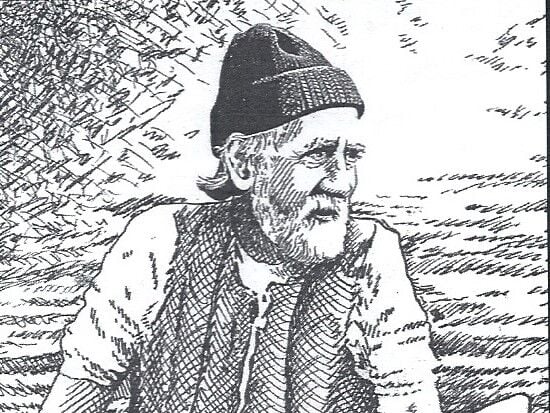
Remembering O. K. Goodwin, Long-Time AW Safety Chair
03/16/2012 - by Charlie Walbridge
American Whitewater recently learned that O.K. Goodwin, founder of The Coastal Canoeists (1965) and long-time AW safety chair (1970 to 1987), died on December 3, 2011. He was 90 years old. A lifelong resident of Newport News, VA, he was a designer of merchant ships (and the occasional canoe) for almost four decades. He was an instructor, Scout leader, and a whitewater competitor in C-1 and in C-2 with his wife, Glenna. They were married for 64 years and their daughter Cyndi was a top-ranked K-1W racer. He was well known on the race circuit, always there with his coiled rope at the toughest part of the course. As Safety Chair he discussed the inevitable conflicts between river-savvy paddlers and the wider, less knowledgeable society in which we all live. He pioneered outreach to state and local government and encouraged others to do the same. His work laid important foundation for today's American Whitewater. (Drawing by Les Fry in CoastalCaNews)
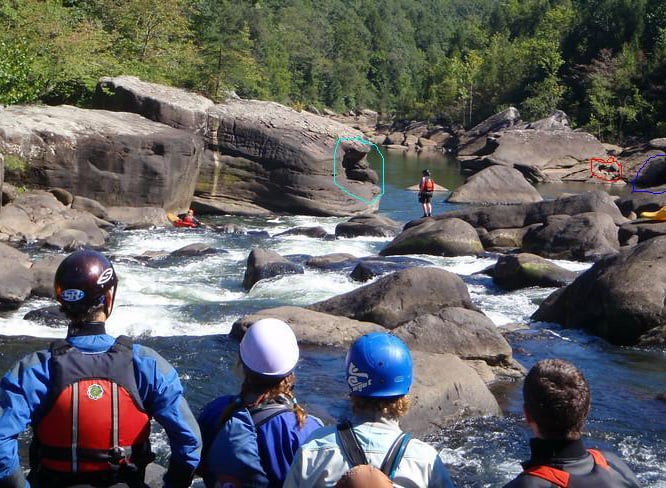
Pillow Rock Pinning: October 10, 2010
04/06/2011 - by Charlie Walbridge
Pillow Rock Rapid on West Virginia’s Upper Gauley has been thought of as big, powerful, but relatively hazard free. That changed on October 10th when veteran paddler Mark Hanna died after pinning on a previously unknown undercut rock.His friends agree on these facts: At Pillow rock, running fourth in a group of 9, he flipped on the big pressure wave that gives the rapid its name. He attempted 3-5 rolls as he washed downstream. As he did this, he was pushed to the right just downstream of Volkswagen Rock (A,B). He came out of his kayak just above a giant rock that guards the bottom of the right-side eddy. As he bailed out, his face appeared for an instant before he was pushed under the right corner of the rock (C).
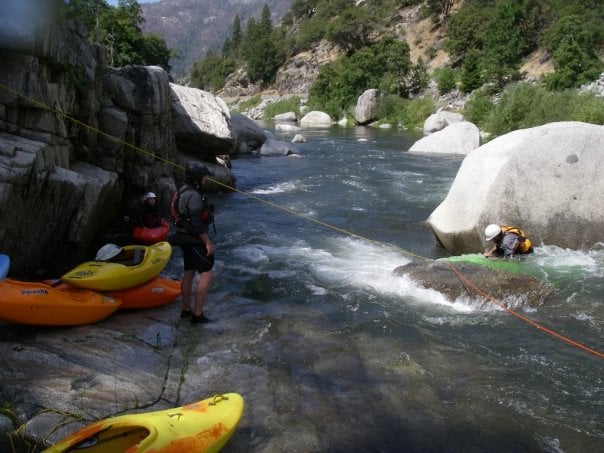
North Fork Feather Drowning: August 29, 2010
04/06/2011 - by Charlie Walbridge
On August 29th Susan Marie Kaiser paddled the “Lowbin” section of the North Fork of the Feather in an inflatable kayak. According to postings in Boof.com, Ms. Kaiser, a former river guide, flipped her IK on a large breaking wave near the bottom in a long Class IV rapid below the first (Bucks Creek) power house. The current pushed her to the left where she pinned in a slot between a large boulder and a smaller submerged boulder to its left. One of the paddlers in her group managed to swim into the small pocket eddy behind the boulder and tried to pull her out, but she was wedged in too tightly. The photo by Jeff Sailus shows a kayak pinned in the same spot.
